If you spend most of your day sitting at a desk, you're not alone—and you're likely familiar with the creeping stiffness, slumped shoulders, and lower back discomfort that come with it. Poor posture is one of the biggest side effects of sedentary work life. But there's a powerful, science-backed solution: running. The real question is—should you run on a treadmill or hit the pavement? And which one actually helps fix posture?
Hours of sitting, especially with improper ergonomics, lead to tight hip flexors, weak glutes, and rounded shoulders. This imbalance pulls your body out of alignment, increasing strain on your spine and joints. Over time, this can cause chronic pain and reduced mobility.
Running, when done correctly, can reverse many of these effects by strengthening core muscles, improving spinal alignment, and promoting full-body coordination. But the environment in which you run—treadmill or outdoors—can influence how effectively you correct posture.
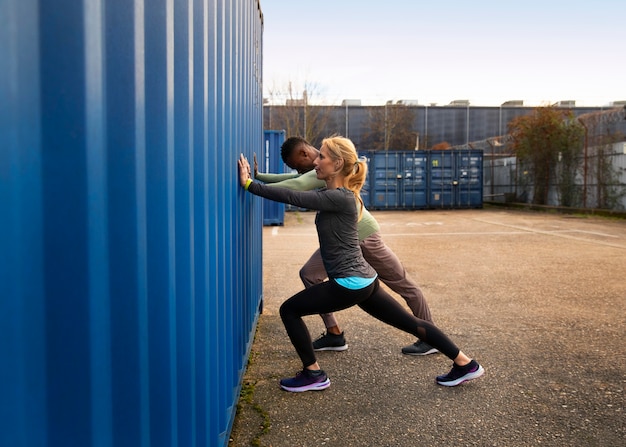
Treadmills offer a consistent, predictable surface that reduces variability in stride. This controlled setting allows you to focus on form—something crucial for posture correction.
For desk workers starting their fitness journey, treadmills provide a low-barrier entry point. You can begin fast, stay consistent, and build habits without weather or safety concerns.
Outdoor running challenges your body in ways treadmills can’t replicate. Uneven sidewalks, hills, and wind resistance force constant micro-adjustments in balance and alignment—training your postural muscles dynamically.
However, outdoor running requires more attention to form, especially if fatigue sets in. Poor technique on long runs can reinforce bad postural habits.
The answer depends on your goals and starting point:
A 2024 study highlighted that high-incline treadmill walking (3–5%) significantly activates the glutes and lower back stabilizers—key muscles weakened by sitting. This makes it a powerful tool for desk workers.
Consistency beats intensity. Aim for 3–4 short runs or brisk walks per week (20–30 minutes). Track progress weekly:
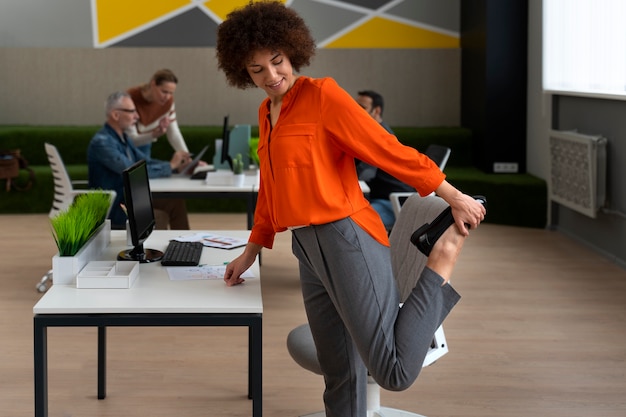
Nutrition supports muscle recovery and joint health. Focus on anti-inflammatory foods rich in omega-3s, protein, and antioxidants.
Ingredients: Rolled oats, almond milk, chia seeds, mixed berries, honey.
Mix and refrigerate overnight. High in fiber and antioxidants—perfect pre-run fuel.
Ingredients: Salmon fillet, quinoa, broccoli, olive oil, lemon.
Rich in omega-3s and protein. Prep in batches for easy post-run meals.
Supports gut health and muscle repair. Easy to pack and eat at your desk.
Both treadmill and outdoor running improve posture—but in different ways. Treadmills offer control and feedback, ideal for building foundational strength and awareness. Outdoor running builds functional resilience and natural alignment.
For desk workers, the best approach is a hybrid: start with treadmill sessions to establish form and consistency, then gradually add outdoor runs to challenge your postural system. Pair this with smart nutrition and weekly tracking, and you’ll see measurable improvements in how you stand, sit, and move.

Fitness

Fitness

Fitness

Fitness

Fitness

Wellness
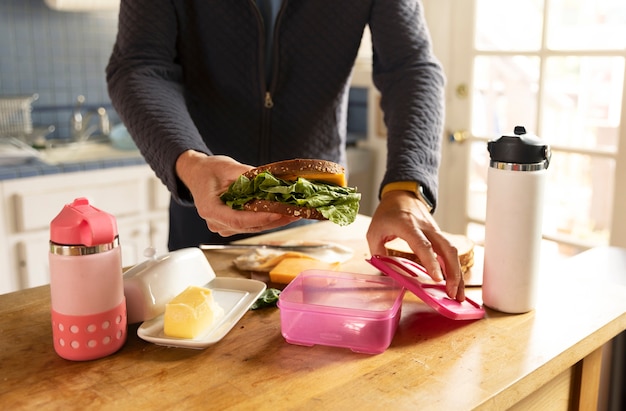
Fitness
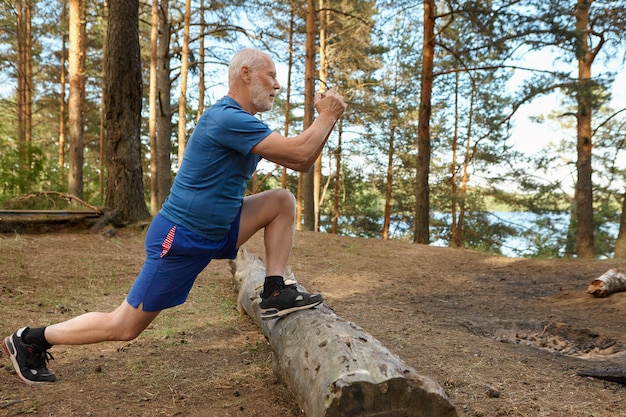
Fitness
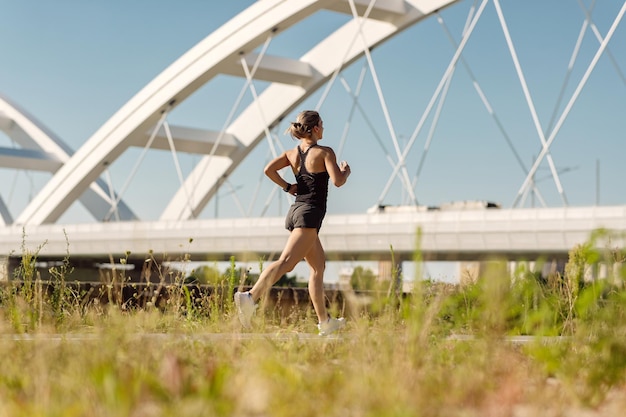
Fitness
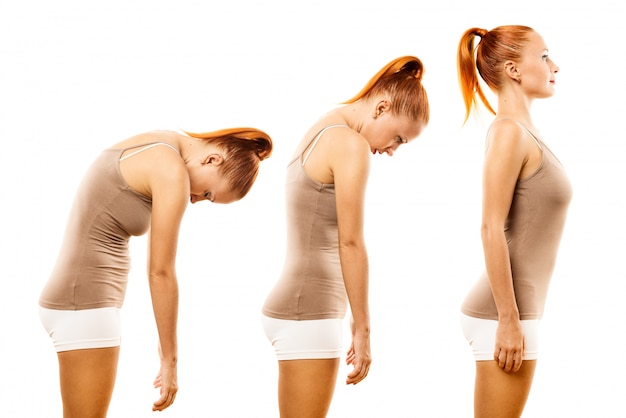
Wellness

Fitness

Health

Health

Fitness

Health

Health